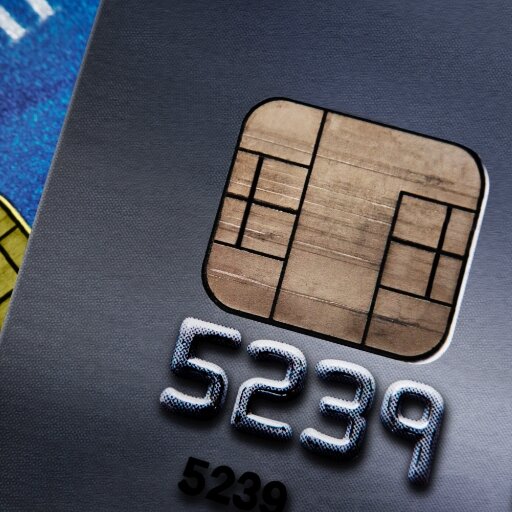
Dear Reader,
This article was originally published in the SCCG Management Weekly Newsletter #12 on October 29, 2020.
You can receive early access to articles like this, and other content by signing up for the weekly newsletter by clicking the button below.
Thanks for being part of the SCCG community!
Earlier this quarter, we reported that the American Gaming Industry released a short three-page document, “Payments Modernization Policy Principles.” The AGA wrote that the brief was an “18-month, collaborative industry effort, that provide a framework for regulatory flexibility allowing digital payments on the casino floor.” The policy principles “seek to educate state and tribal regulators who are considering expanding payment choice.”
When asked by moderators of several online casino round table events such as Coin Geek Live in September and the BWG Strategy Teleconference, Stephen Crystal said gaming regulators would not lead contactless payment issues or blockchain accounting independently. Movement in that direction would require the leadership of both operators and system platform developers.
The AGA’s policy release represents part of that early effort to move the industry towards customer liquidity systems that add value to the customer experience and support regulators’ missions to ensure the gaming industry’s integrity.
At the beginning of the decade, credit card fraud was rampant. In response, the US spent years trying to implement chip-based credit cards, with its most significant push starting at the end of 2015. Perhaps due to customer acceptance, banks never implemented chip and PIN, with transactions requiring a chip-enabled card and entry of a PIN. Instead, they took a half measure, implementing “chip and choice.”
Chip and choice meant that each card issuing body could decide whether or not to require a PIN. “Chip and signature” became the immediate default; it was much less secure and took a lot of value out of the whole fraud reduction effort.

We can’t fault consumer resistance for the lack of progress entirely, however. MasterCard and Visa delayed a decade the move towards chip-embedded cards, behind the rest of the central world banks, because, at the time, they calculated that the cost of fraud was less than the cost of replacing terminals and legacy magnetic stripe cards.
Irrespective of the gaming industry’s eagerness to embrace digital payment processing, and the reduction in operating costs that they could bring, it’s just as important to educate the customer as the regulators. Consumer use of contactless payments in the US is relatively low. In 2019, less than 25% of US consumers had made a proximity mobile payment in the last six months of being surveyed.
In 1970, the US was the global leader in rolling out a magnetic stripe network encoded credit cards. American Express, American Airlines, and IBM rolled the technology at Chicago O’Hare Airport. By 1980, this technology’s price became low enough to deploy at scale for Visa and MasterCard and brought these payment systems to the global mainstream.
Today, China is leading the global push to digital payment systems, with over 81% of its consumers embracing digital payment systems. The most significant difference between the transformation of financial payment systems of the 1970s and today is that the Chinese approach sidesteps the banking industry, requiring little to no central role for Chinese banks.
How does digital payment processing work in China? Not with magstripe cards. China uses digital wallets managed through the software on smartphones and QR codes. Alipay, payment processing technology controlled by Alibaba (the Amazon of China), and WeChat Pay, fulfilled through Tencent (China’s Facebook), is the technological backbone of Chinese digital payment processing, not Chinese banks.

How did this happen?
It was a straightforward case of business value. Chinese banks collaborated to create UnionPay, a Chinese-based card network similar to Visa and MasterCard. The difference was in fees. Because the US rolled out its card networks earliest, vendors had no technological alternatives to those credit card network fees and paid them.
Chinese merchants, however, resisted payment processing fees, even as low as 100 basis points, and either didn’t implement card readers or passed the card fees directly on to the consumers who didn’t like them either. By the end of 2018, there were only 34 million POS terminals in China, and cash remained king.
Part of the card-based system’s problem was the need to have a terminal and connection to a payment processing system. But what if the burden of connectivity didn’t have to reside with the vendor? With the ubiquity of smartphones in China, purchasers could use a two-dimensional barcode provided by the vendor to go online and process the transaction in a kind of guerilla “bring your own device” (BYOD) to the national payment processing infrastructure.
This “BYOD” approach solved the infrastructure problem that made Visa and Mastercard delay a decade in rolling out their systems in the 1980s and supported other methods of payment processing, such as peer to peer transactions, where consumers pay each other directly.
We can learn from China that there is a tremendous opportunity to transfer commercial value from global payment processing away from traditional financial networks that collect fees from both sides of the payment transaction.
We can now go farther than China’s commerce-driven payment processing by capitalizing on verifiably trustworthy and transparent technologies like decentralized blockchain ledgers.
These technologies allow peer to peer transactions which disintermediate central authorities like banks and commercial interests like Alibaba, Tencent, Apple, Facebook, and Google. Thanks to today’s technology options, it’s no longer a matter of “can we”, but that of competing interests fighting it out to determine, “will we.”







